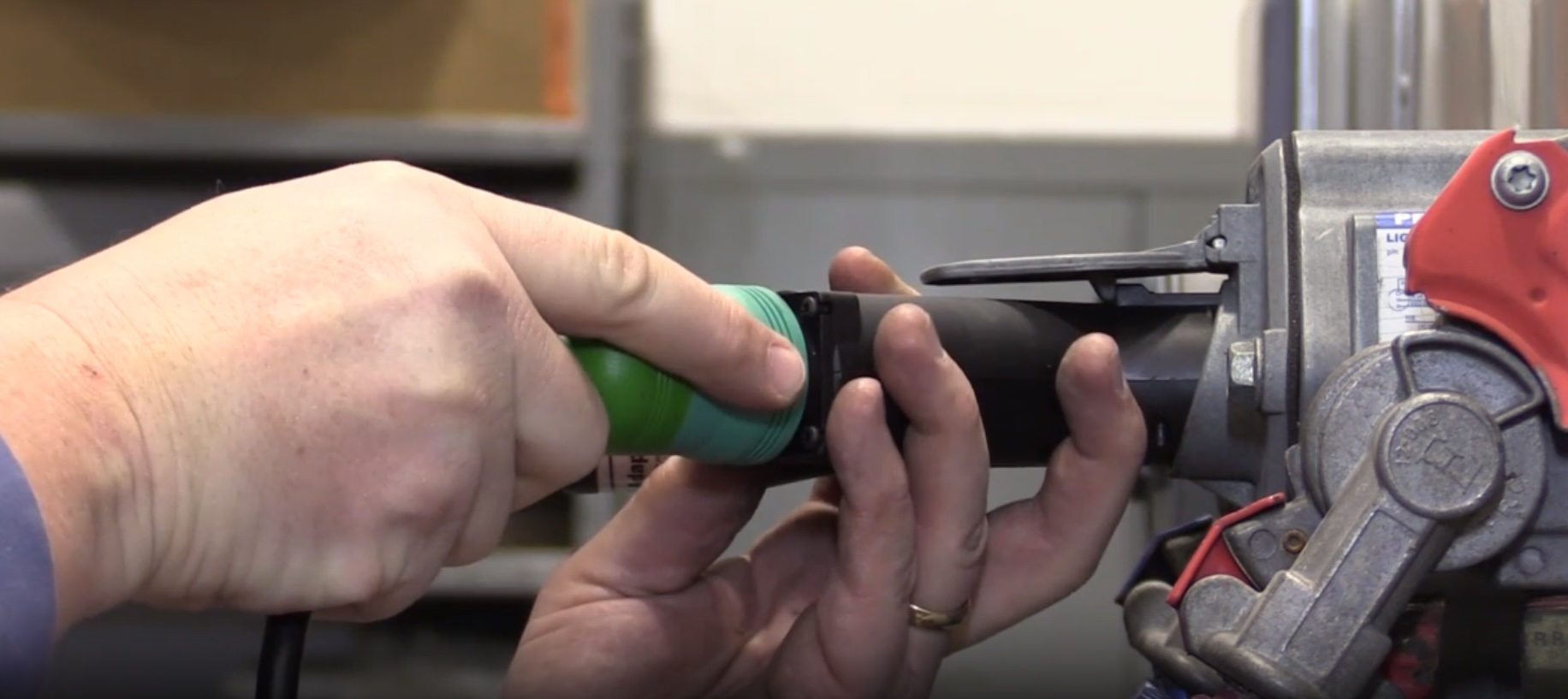By Gary Goms
Technical Contributor
The dilemma that the industry faces today is that the precedents set during the last 75 years draw little distinction between the amount of time required to diagnose a blown muffler and diagnosing a false misfire code in an OBD II engine management system. The typical extremes stated in many time estimating guides, for example, might show zero time for diagnosing a blown muffler and perhaps 1.0 hours for diagnosing the false misfire code. To make matters worse, diagnostic time is becoming a much larger portion of total workflow — as much as 80% if we count diagnosing processor-controlled brakes, powertrains, suspensions and door functions.
During the past five years, most management training programs aimed at the independent sector have acknowledged that diagnostics are not only an increasing part of a shop’s workflow, but that they should also be an increasing source of shop revenue. To illustrate, the diagnosis of any electronically driven component requires a very high skill level and equipment investment. But, if the diagnostic time is given away or sold at a reduced rate, the cost of training, the cost of the learning curve, and the cost of rapidly depreciating equipment and rising database expense all become a liability to the overall profitability of the shop.
If, on the other hand, diagnostic time is billed at the prevailing hourly labor rate, profitability is lost due to the fact that few, if any, replacement parts are being sold. The hourly income for diagnosing complex electronic problems is, therefore, much less than the hourly income derived from the routine replacement of water pumps and timing belts.
In response, many shops have set a minimum diagnostic fee that approximates 125% to 200% of the shop’s hourly rate. Other shops have set tiered rates that reflect the technical difficulty of the job.
Of course, if billing diagnostics were that simple, shop owners and diagnostic technicians would be smiling all the way to the bank. The difficulty in charging for diagnostic time lies in adjusting the fees to what I call the “consumer culture” of a particular market. This culture varies from area to area, both in customer attitudes and the customers’ ability to pay.
In some marketing areas, many shop owners have ignored the diagnostic issue far too long. Each year, car makers have added more processor-controlled engine, drivetrain and convenience items to their lineup. Each year, these systems become more technically sophisticated and, as they age, become more difficult to diagnose.
Consequently, shop owners are finding themselves caught up in an increasingly tangled web of balancing cash productivity with customer expectations.
So, the question remains, how do we charge for diagnostic time?
Equally as important, how do our competitors charge for their diagnostic time? The actions or inactions of your competitors and the local service culture practices do affect not “what” you charge, but “how” you charge for diagnosing today’s vehicle problems.
I think the most important first step in setting profitable diagnostic charges for your shop is to first recognize the unique aspects of your consumer culture, which is driven by median per capita incomes, unique vehicle populations and unique operating conditions. Per capita income, for example, also determines the relative affordability of your services. Price too high and you disqualify the majority of your customers. Price too low, and you’re losing money in the diagnostic process.
In rural, non-compliance areas, the mainstream of a shop’s diagnostic work may be hard-core driveability concerns.
Depending upon the level of competition in that market, a shop may attract a broad range of diagnostic work that includes a lot of “gravy” tune-up and scheduled maintenance work. Or, in contrast, the shop may just get the tough, low-margin diagnostic work referred by other shops. In the former instance, the shop’s per-job costs may be lower. In the latter instance, the shop’s per-job costs may be sky-high due to its intensive investment in information and equipment.
As one might suspect, many factors enter into the pricing decision. But I think the most important thing to remember when setting prices is to proceed incrementally.
Until the customer begins to understand that diagnostic time is no longer a free service, staying affordable may be the wisest long-term course.
Becoming a successful diagnostic tech requires a dedication to learning and a willingness to innovate and extrapolate what’s not required in other service areas. If you’re not developing a pricing structure for diagnostic services, it’s high time that you do sit down and put a pencil to the numbers. Failing to do so will continue to erode your shop’s profitability and leave you in a less-than-desirable position to determine your own competitive future.

